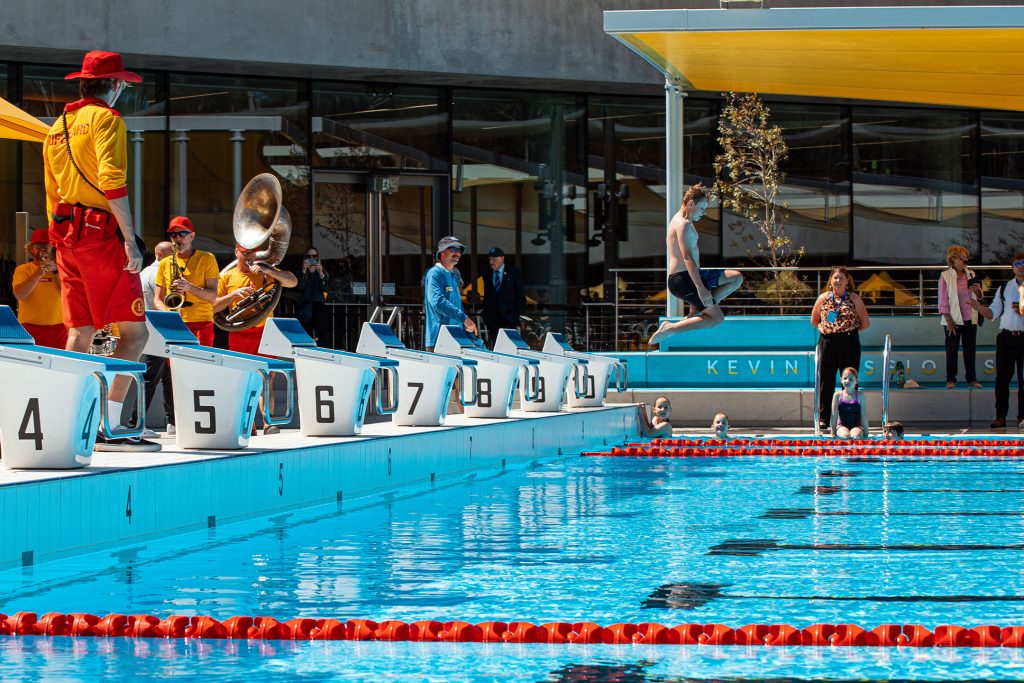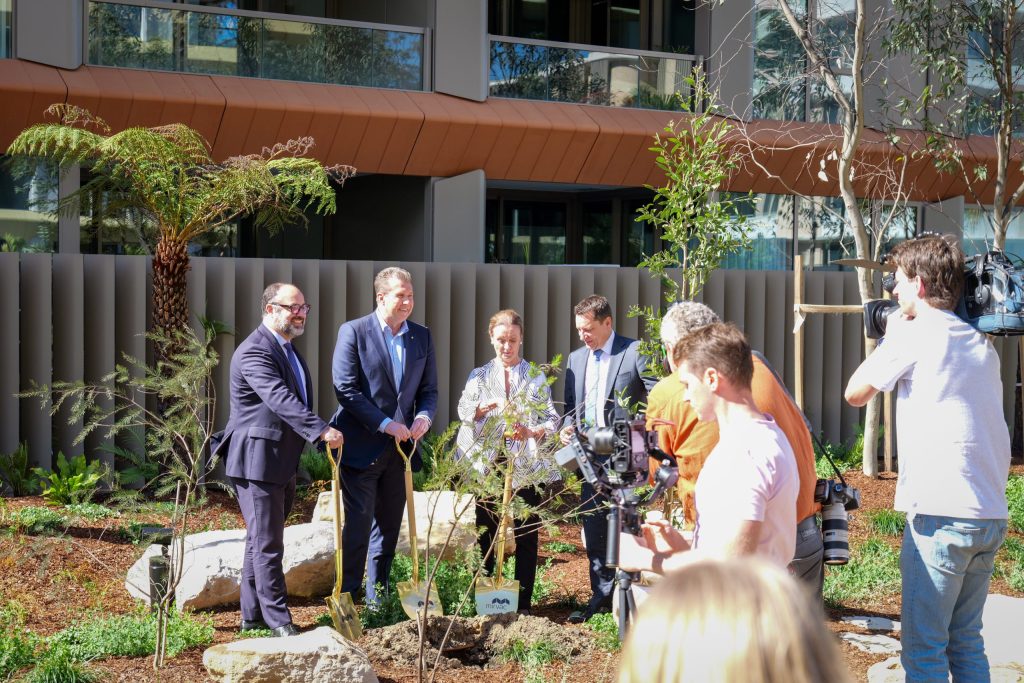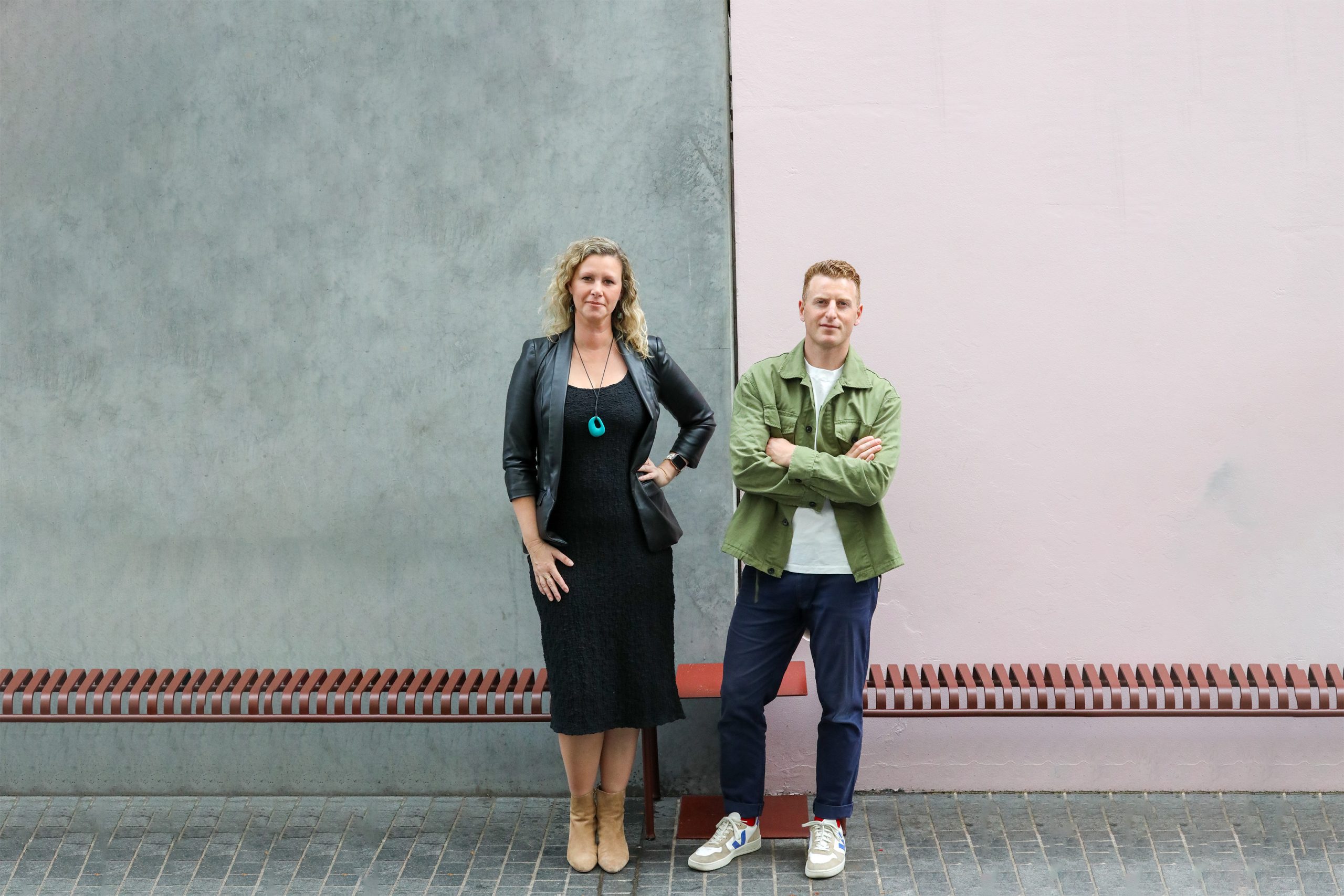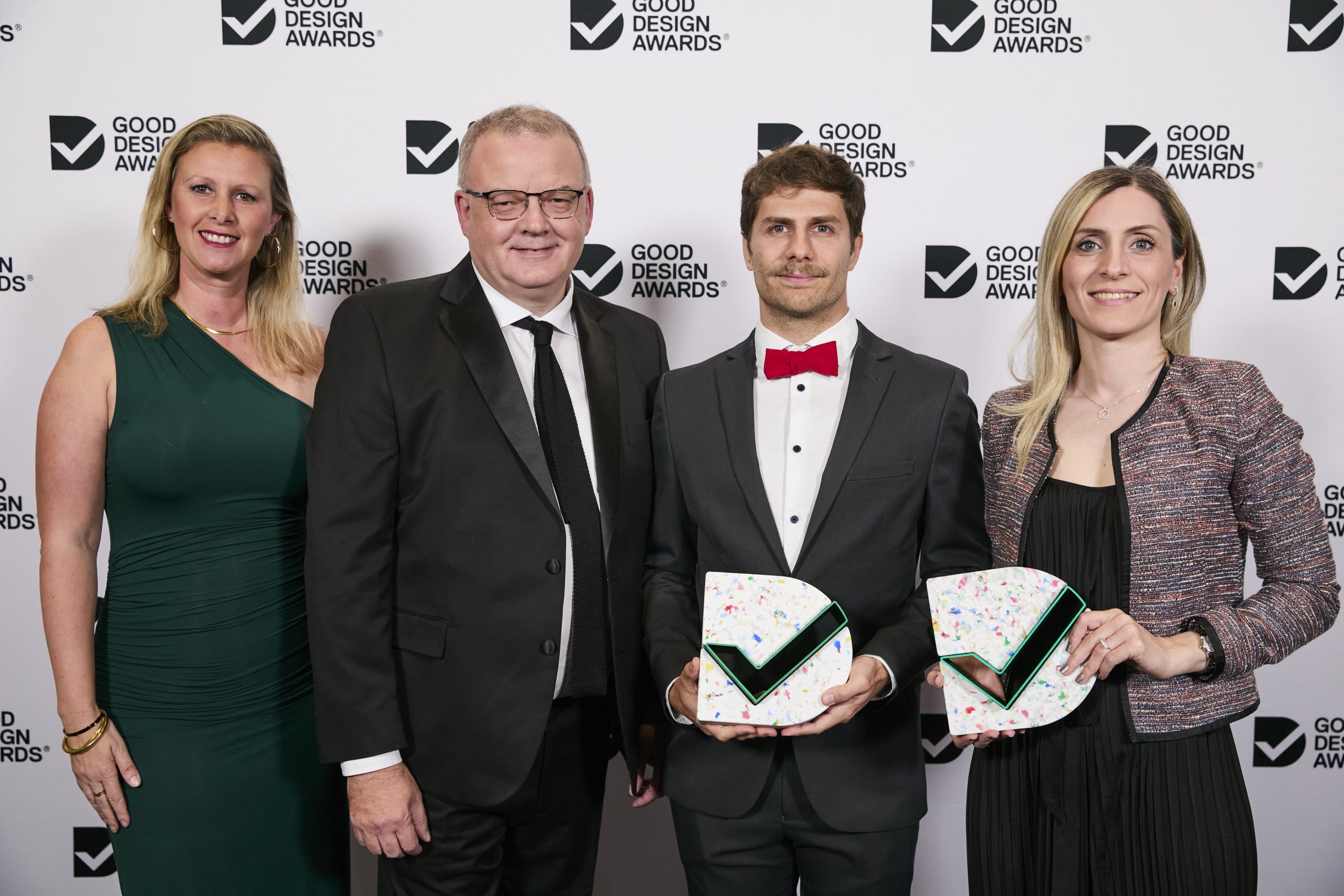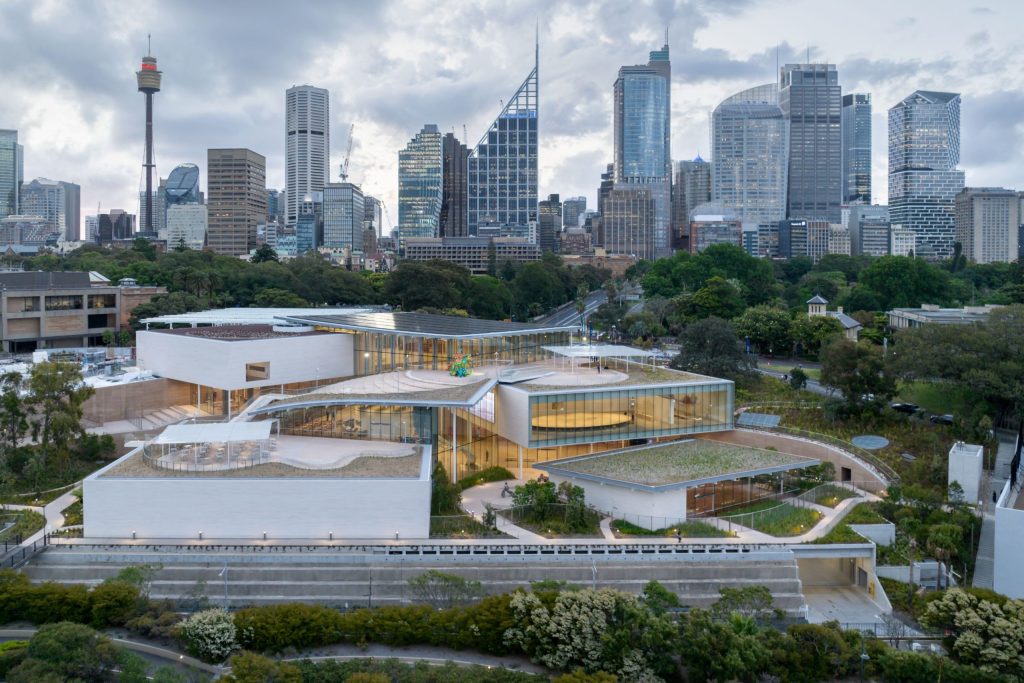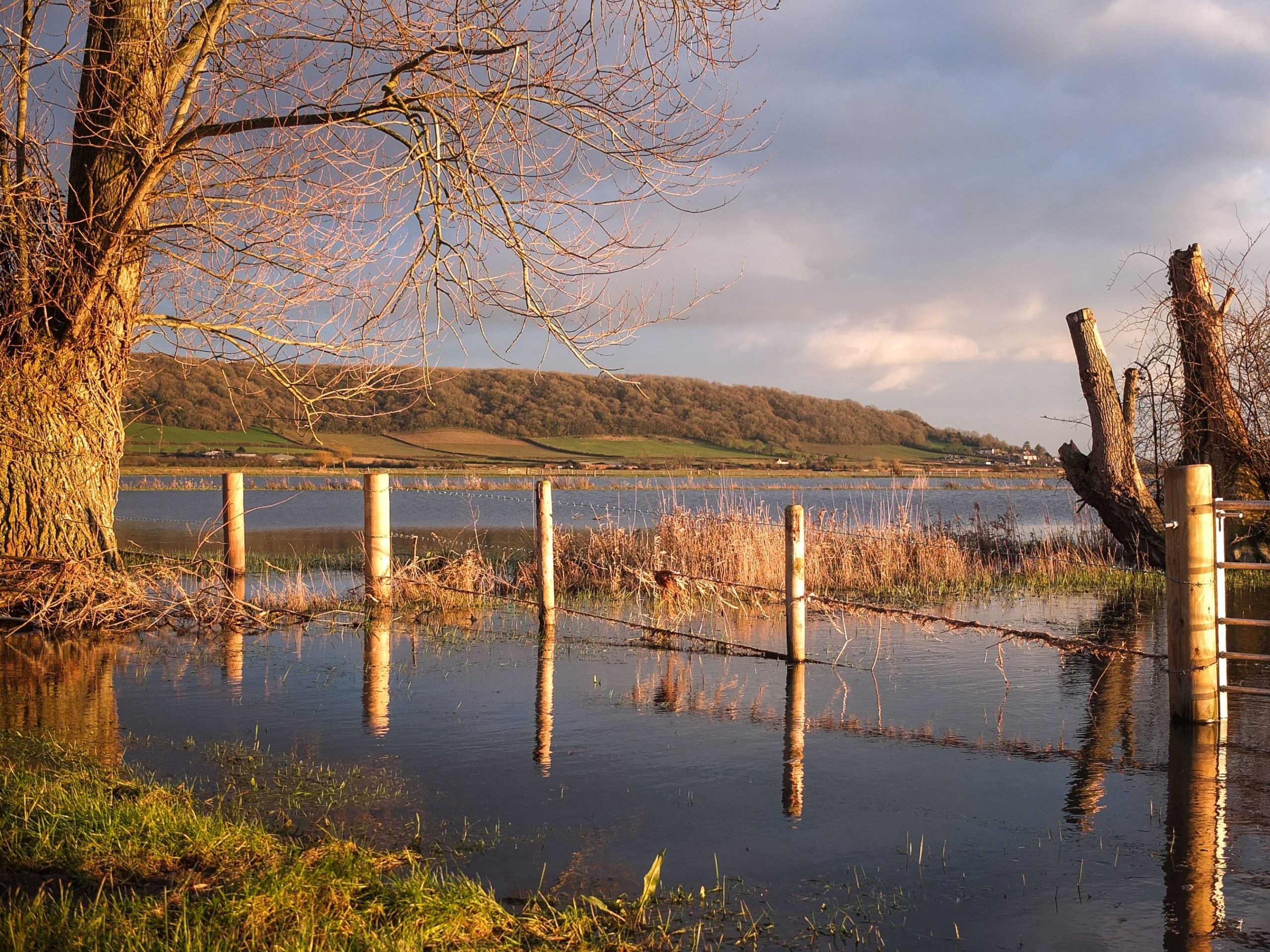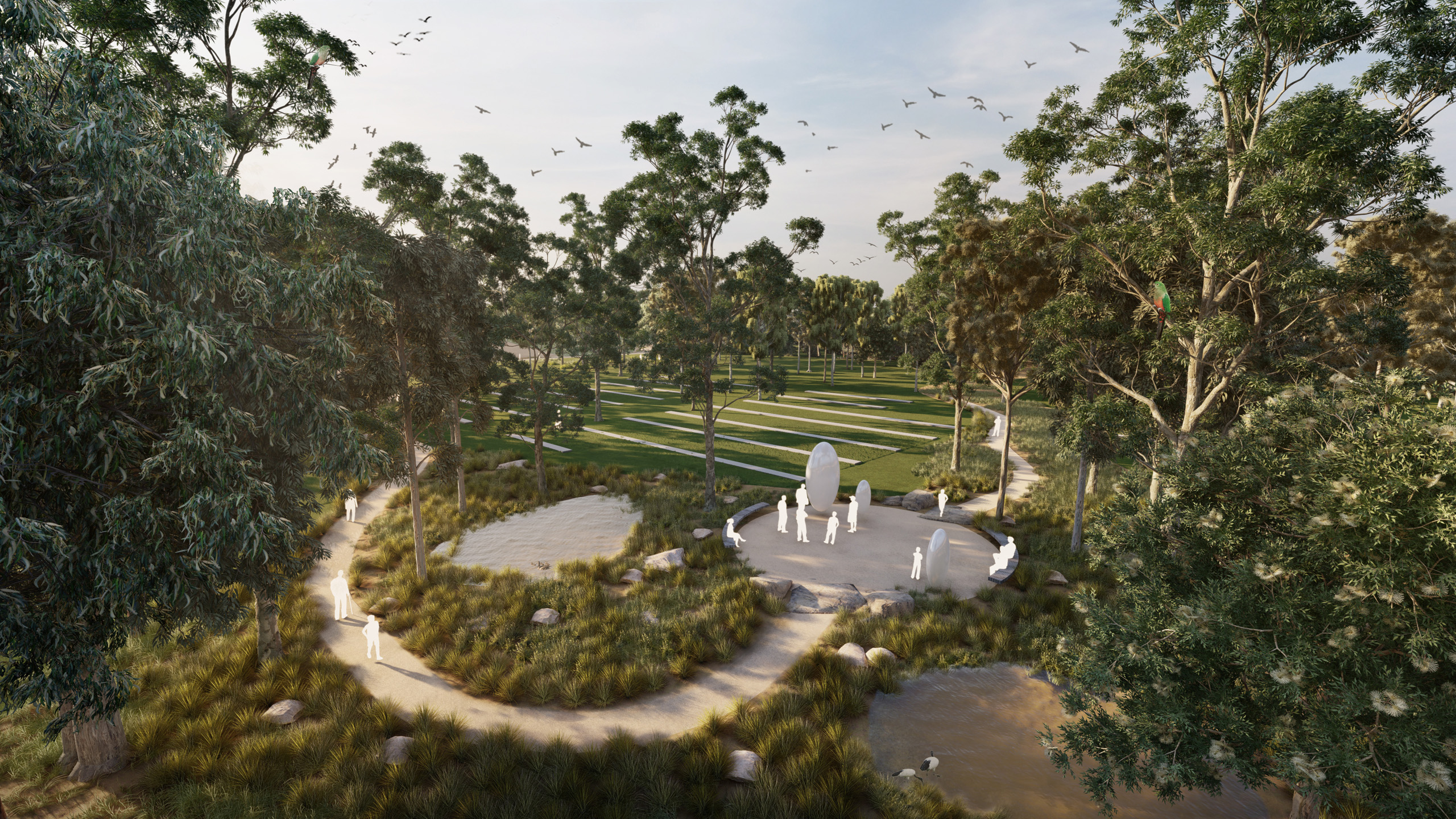Biodiversity Audits inform precinct wide South Bank Biodiversity Strategy
South Bank Corporation together with McGregor Coxall and BAAM Ecological Consultants has undertaken a series of biodiversity audits across seventeen-hectares of the forty-two-hectare precinct.
This is set to inform the development of a precinct wide framework to protect South Bank’s biodiversity assets and enhance urban biodiversity for future generations.
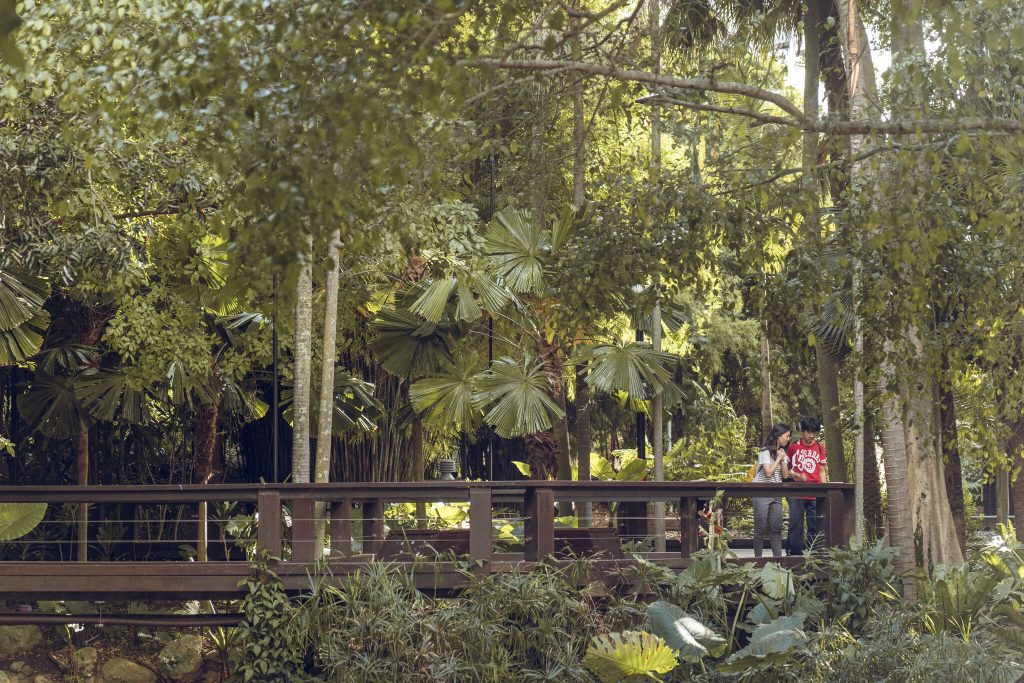
Targeted field surveys, together with database analysis identified 139 invertebrates and 82 vertebrate species of fauna that are known from the precinct. Tree and palm species were audited, with a total of 96 species recorded, 52 of which are native to Southeast Queensland.
Significant species included endemic Rakali (Native Water Rat), internationally protected migratory shorebirds including the Caspian Tern and Great Crested Tern, and the threatened Grey-Headed Flying-Fox which was listed as vulnerable under Commonwealth Legislation.
“It’s exciting that the surveys highlight the presence of Rakali (Native Water Rat) within the precinct, a species that plays an important role in the ecosystem. Although this should not come as a surprise given the proximity to Kurilpa Point, a place long known for Rakali,” says Matthew Moore, McGregor Coxall.
It was during targeted nocturnal surveys that a Grey-headed Flying-fox was recorded feeding on figs, which was a new record for the South Bank Precinct. This highlights the importance of undertaking the field assessment work.
“The fauna and habitat surveys in the South Bank Precinct have allowed us to gain an understanding of the current biodiversity values. In particular, a range of mammals, reptiles, birds and invertebrates already either use or live in the area. This information provides a great baseline to work with, where we can now start to consider other species that could potentially live at South Bank considering its context and connectivity, and what could be implemented to provide the habitat and resources they need,” says Dr Elizabeth Williams, BAAM.
A comprehensive and forward-thinking approach to urban ecological restoration, South Bank will provide touchpoints for community to interact with nature and create habitat to attract a suite of birds, butterflies, pollinators, and other highly mobile species, whilst protecting biodiversity found on site.
“The strategy considers South Bank’s existing and pre-colonial natural heritage, local biodiversity, opportunities for connectivity and the specificities of SEQ climate and environment, to consider resilience in both urban and natural ecosystems. Central to this is the human-nature connection, offering urban sanctuary, integrated and enlivened spaces for plants, wildlife, and people,” comments Clare Mayberry, McGregor Coxall.
“It is both professionally and personally exciting for our team at BAAM to be involved in helping shape the future of biodiversity at South Bank Parklands. The parklands are a centrepiece of Brisbane, and improving the diversity of endemic species here will play a role in engaging Queensland children in appreciation of the cultural and scientific significance of our rich SEQ biodiversity, as well as highlighting to visitors our unique and diverse flora and fauna that we sometimes take for granted. We are privileged to be contributing to this strategy to enhance habitat values of the parkland for future generations to enjoy and take pride in,” states Paulette Jones, BAAM.
The South Bank Biodiversity Strategy will look to encourage community and citizen science participation across the precinct to strengthen the social connection and understanding of the importance of urban biodiversity.

